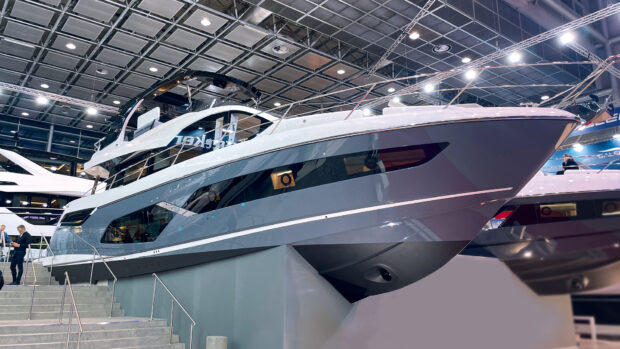Safety on board is a mix of experience, forethought and ritual...
Safety on board is a mix of experience, forethought and ritual, tempered by a sense of proportion ? since, after all, we are mostly not professional mariners and what we are doing is supposed to be fun.
The safest skippers tend to be marked by an absence of bravado, for with that sense of proportion comes the self-confidence to stay in port if the forecast looks a bit iffy. The safest skippers also know it?s not just about having extinguishers and lifejackets, it?s remembering to tell everyone where they are.
It?s making sure that you?re not the only one on board who knows how to use the VHF or handle the boat. It?s about having the youngest and keenest crew member check your GPS inputs, and then maybe getting the oldest and most experienced to check your chartwork too.
It?s about knowing, not hoping, that your filters are clear, that your fuel gauge works and your flares are in date. It?s about coiling ropes and stowing them out of harm?s way and having a place for everything, so when you need it, you?ve got it.
It?s making sure the crew understands about one hand for the ship and one for themselves, no matter how quickly you need those fenders rigged. And sometimes it?s about resigning yourself to neutral and a small bump on the topsides rather than gunning the engines in the faint hope of preventing it.
It?s talking beforehand about what you?re going to do, not shouting afterwards about what you?ve just failed to do. It?s about backing off to have another go, not expecting your crew to leap the gap.
When all?s said and done safety on board isn?t just about the hardware: it?s about good management as well as having the right equipment.
And sometimes the management decisions you take at the weekend are more important than the ones you?ve agonised over all week.











